Play is a universal form of communication for children that promotes healthy cognitive, language, physical, and social development. Incorporating play into child therapy can therefore help children who are having difficulties in one or more of these developmental areas. For over 70 years, play therapy has been recognized as an effective method for targeting specific behaviors and competencies to help children communicate their thoughts, feelings, and experiences, and to refine their current skills and learn new ones.
This book is a comprehensive reference for clinicians and researchers that provides well-established, theoretically based, and flexible interventions―both directive and nondirective―to meet the growing and diverse needs of today’s children and families. This updated edition presents new research on play therapy treatment models and agents that have shown significant promise in treating a variety of child disorders―including autism. Authors also consider implementation issues arising from new mental health policies and initiatives, including integrated health care systems and the Affordable Care Act.
Each chapter is carefully organized to include the theoretical basis and objectives of various innovative play interventions, key treatment ingredients and processes, and recommendations for replication and transportability to other settings. Detailed vignettes illustrate how these interventions can be used in clinical practice.



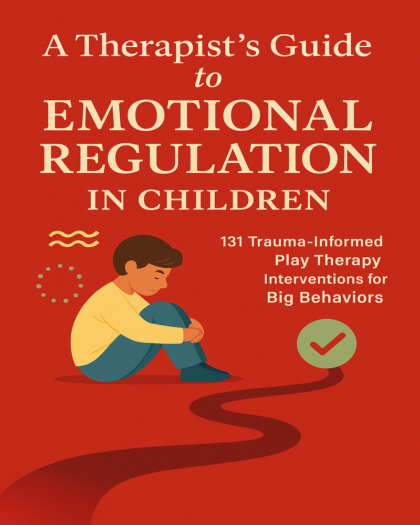
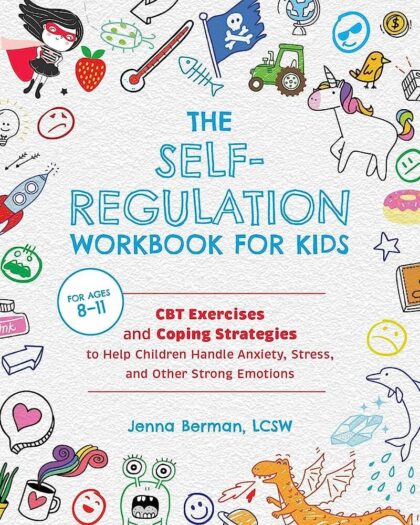
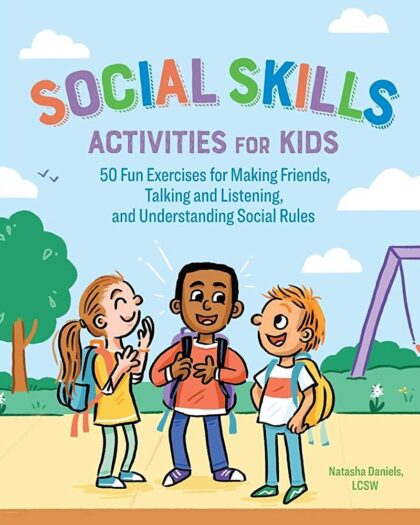



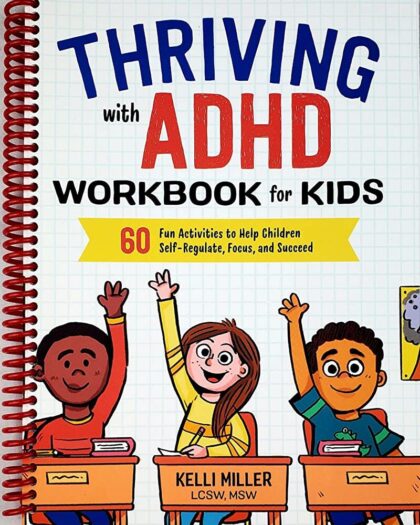
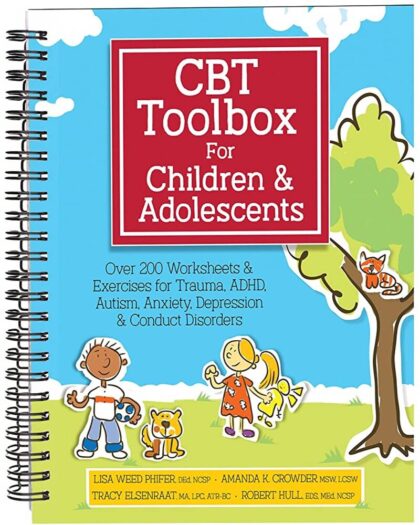
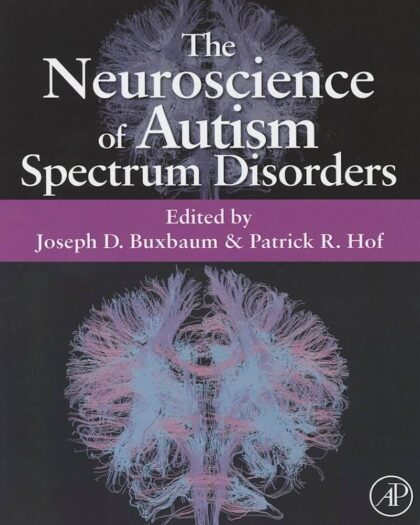

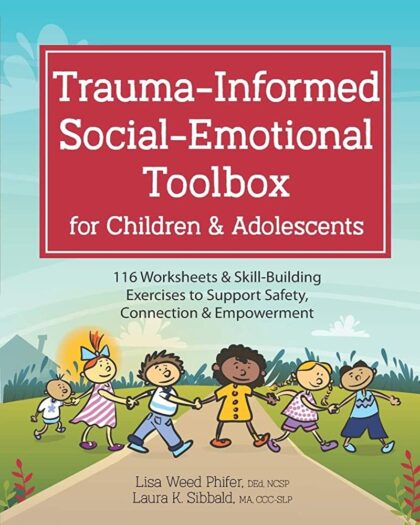
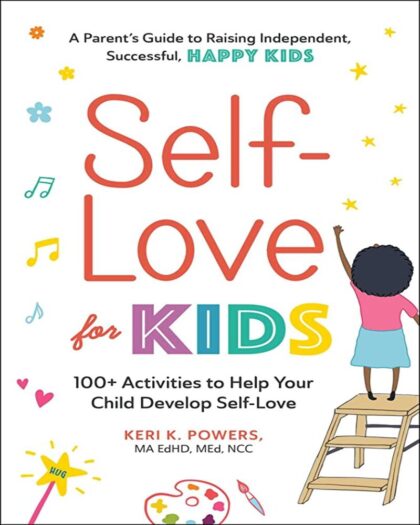
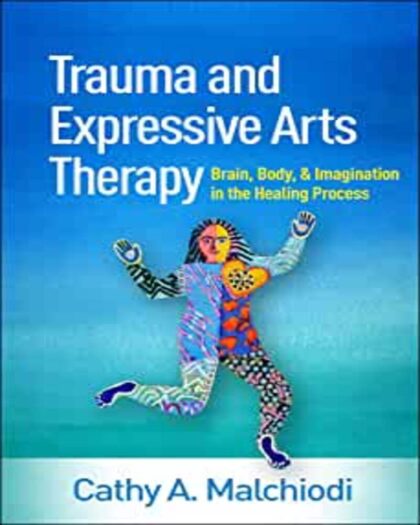
Reviews
There are no reviews yet.